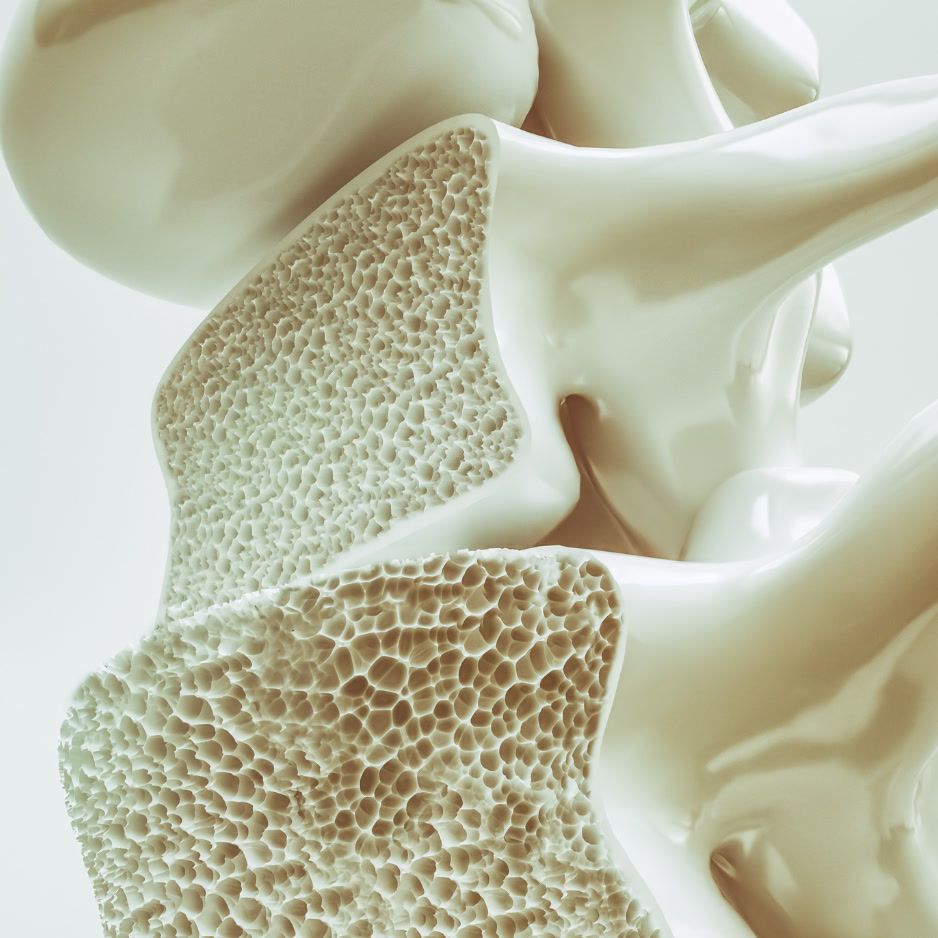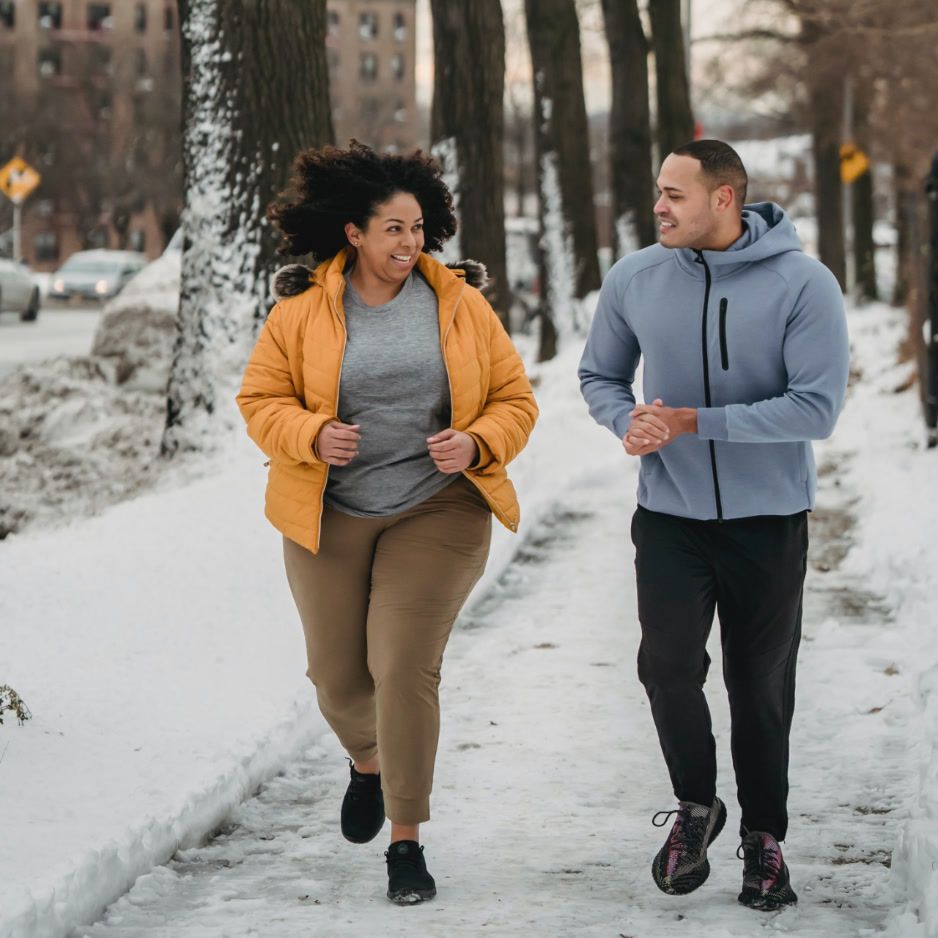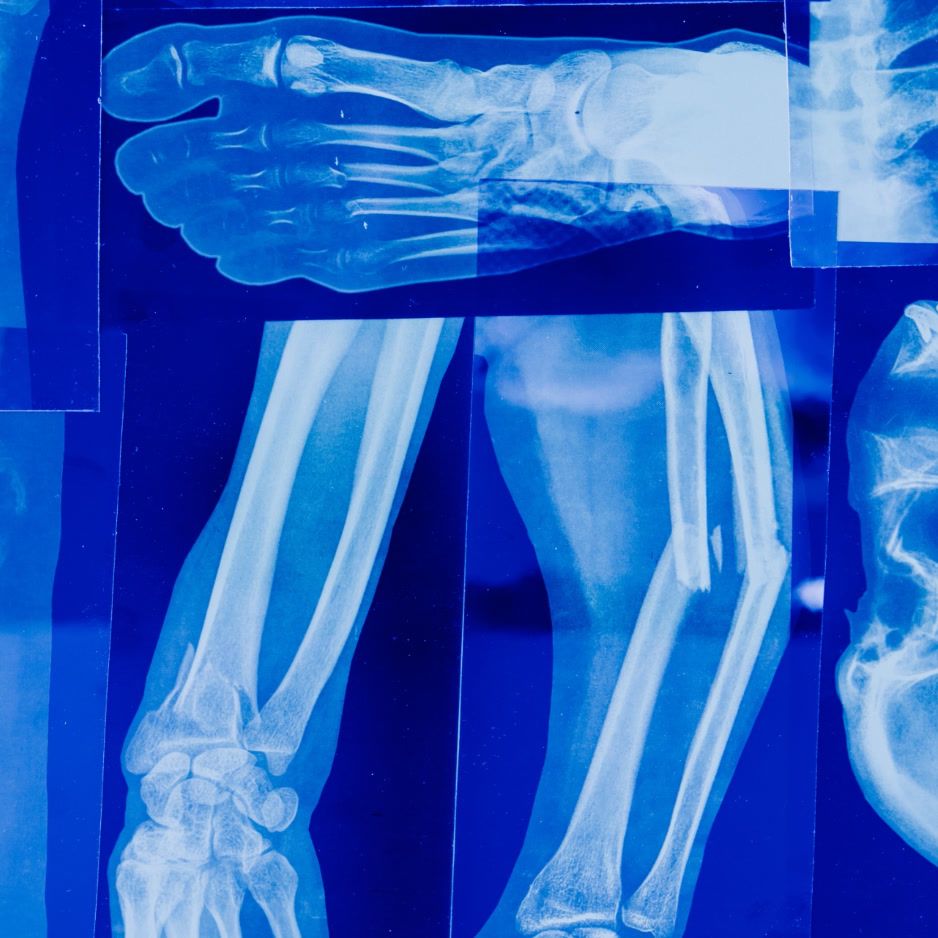How to Measure Longevity

How to Measure Longevity: From Life Tables to Personalized Biomarkers
Longevity isn’t luck—it’s data you can act on.
Whether you’re planning retirement, shaping health policy, or simply curious about your potential candle-count, understanding how longevity is measured turns an abstract idea into something you can influence.
This guide untangles the two realms of longevity metrics—population statistics and personal predictors—and shows you how to combine them using BodySpec scans, blood work, and lifestyle tracking.
Key Takeaways (Skimmable)
• Longevity is typically expressed as life expectancy at birth or at a given age; period and cohort life tables calculate it differently.
• At the individual level, longevity calculators blend demographics with modifiable factors such as our body-composition guide, fitness, and laboratory biomarkers.
• A DEXA scan guide explains how scans quantify fat, lean tissue, bone density, visceral fat, and appendicular lean mass—metrics strongly linked to mortality risk in large cohort studies.
• A three-step Longevity Audit (demographics → objective tests → action plan) converts numbers into a personalized roadmap.
• Estimates are probabilistic, not prophetic; updating your data every 6–12 months improves accuracy.
Longevity, Lifespan, and Life Expectancy: Know the Lingo
| Term | What It Means | Why It Matters |
|---|---|---|
| Longevity | Broad concept of how long someone does or could live. | Umbrella term covering both observed lifespan and predicted life expectancy. |
| Lifespan | The actual age reached at death. | Historical record used to validate models. |
| Life Expectancy | The average number of remaining years for a person at a given age, based on current or projected mortality rates. | Core metric for planners, actuaries, and demographers. |
How We Measure Longevity at the Population Level
Government agencies maintain massive mortality databases that reveal how long a typical 40-year-old American male is expected to live. Understanding their methodology helps you judge the reliability of any headline number.
Period vs. Cohort Life Expectancy
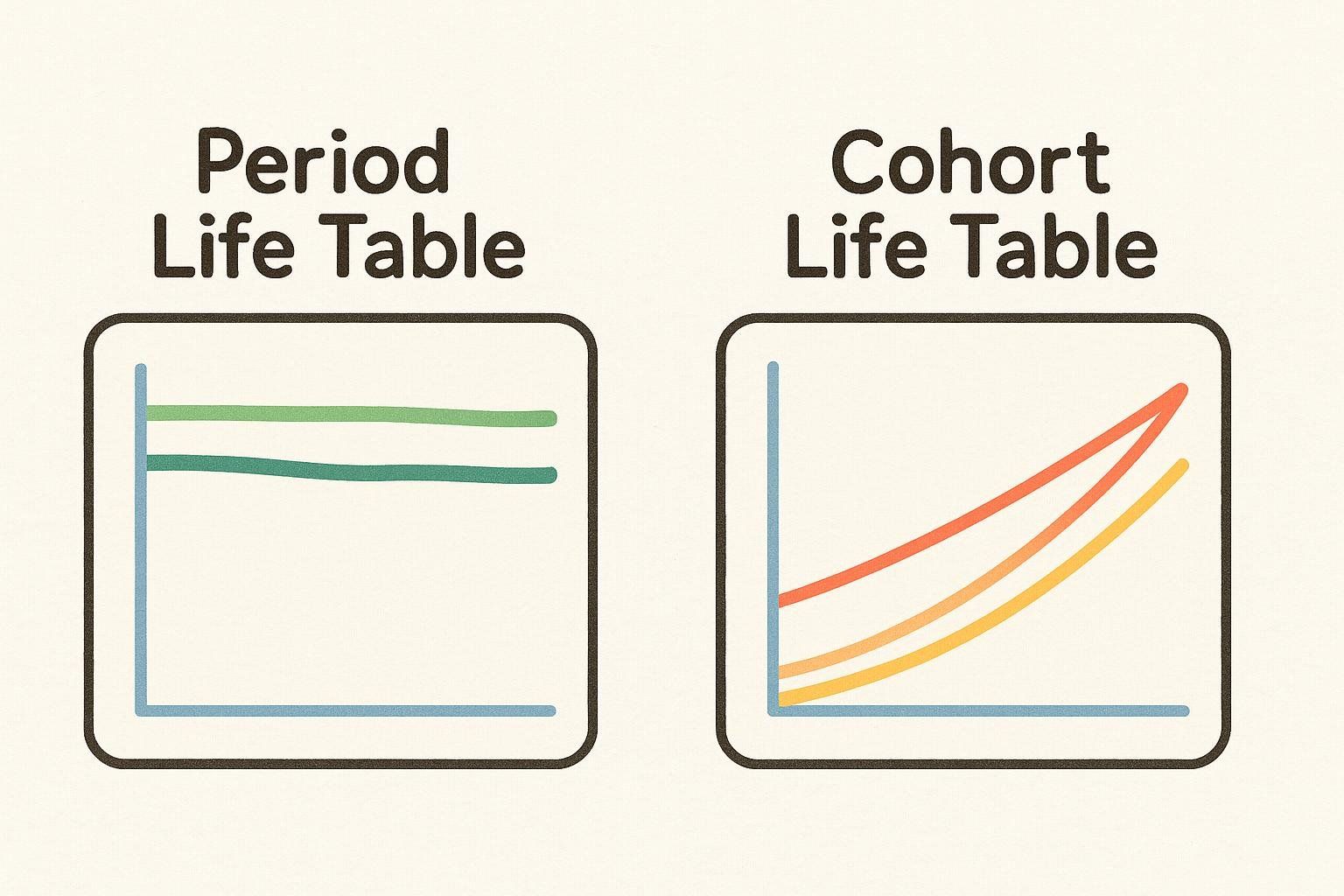
| Life Table Type | Data Basis | What It Answers |
|---|---|---|
| Period | Death rates in a single calendar year (e.g., 2022) | “If today’s mortality rates never changed, how long would a baby born this year live?” |
| Cohort | Mortality experience of an actual birth cohort projected across decades | “Given expected medical advances, how long will this generation live?” |
Period tables dominate news because they’re easier to compute, but cohort tables paint a more realistic picture for anyone under 80, as explained by the CDC and the UK Office for National Statistics.
Healthy Life Expectancy (HALE)
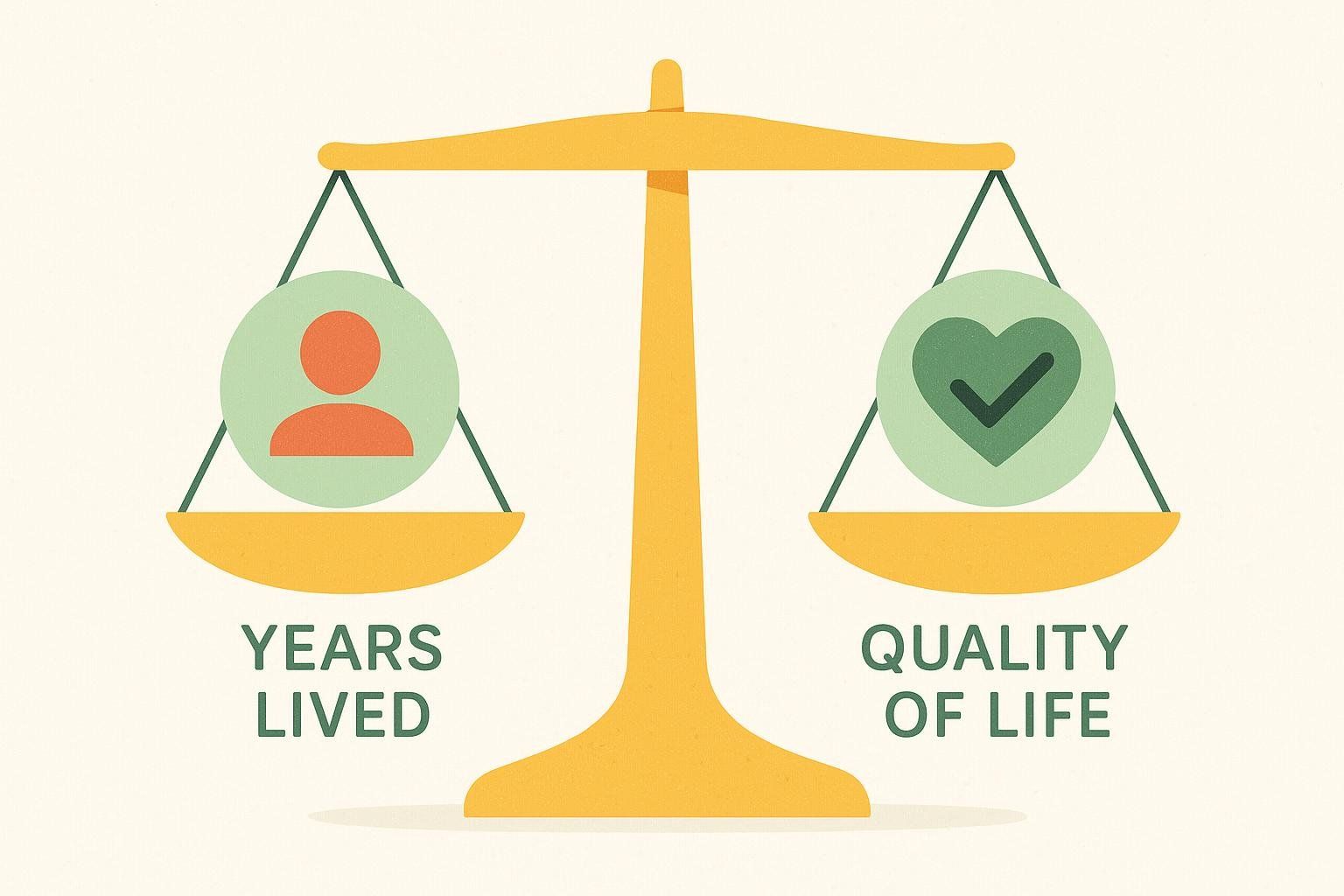
Living longer only matters if you stay functional. Healthy life expectancy subtracts years lived with moderate or severe disability. The World Health Organization maintains updated HALE tables and visualizations.
Download High-Quality Data Fast
| Agency | Latest Table | Format |
|---|---|---|
| CDC NVSS | 2022 U.S. Period Life Table | PDF & CSV |
| Social Security Administration | Cohort Life Tables 1900–2100 | HTML & Excel |
| World Health Organization | HALE Dashboard | Interactive |
Key Longevity Biomarkers & How to Measure Them
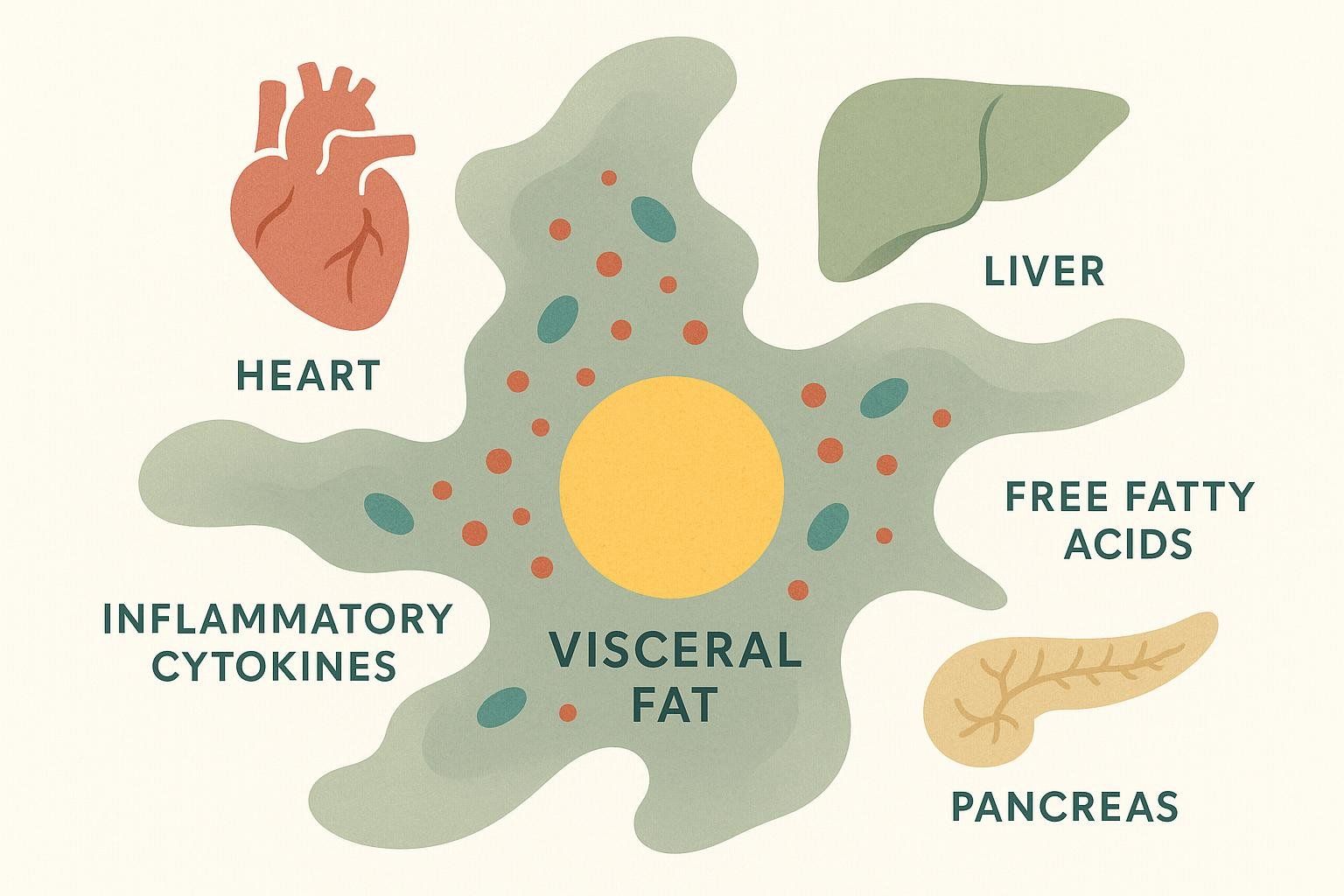
A single BodySpec visit can capture several high-impact biomarkers in one sitting, while a few others require lab or fitness testing. The table below shows the heavy hitters, how they relate to mortality risk, and the preferred measurement method.
| Biomarker | Longevity Link | Best Measurement | How to Interpret |
|---|---|---|---|
| Visceral adipose tissue (VAT) | Each extra pound raises cardiovascular and all-cause mortality risk (Harvard Health). | DEXA VAT report | > 1.1 lb (0.5 kg) = elevated risk |
| Android:gynoid fat ratio | Central adiposity accelerates metabolic syndrome and earlier death (Circulation review). | DEXA regional fat analysis | Ratio > 0.85 (F) / 0.95 (M) |
| Appendicular Lean Mass Index (ALMI) | Low ALMI linked to 57 % higher all-cause mortality (PLOS ONE). | DEXA regional lean + height | < 5.5 kg/m² (F) / 7.0 kg/m² (M) = sarcopenia |
| Bone-Mineral Density (BMD) | Low BMD predicted 14 % higher mortality in 18 000 adults (Frontiers in Public Health). | DEXA BMD T-score | T-score < −1.0 = low bone mass |
| Resting Metabolic Rate (RMR guide) | Outlier RMR—either substantially above or below age-sex predictions—has been linked to higher all-cause mortality (Baltimore Longitudinal Study of Aging; Frontiers in Physiology). | Indirect calorimetry or DEXA fat-free mass + Ten Haaf & Weijs 2014 equation | Measured RMR > 10 % away from predicted merits a metabolic-health review |
| hs-CRP | Systemic inflammation predicts higher mortality (Frontiers in Public Health). | Blood panel | < 1 mg/L desirable |
| VO₂ max | Each 1-MET jump cuts death risk ≈ 12 % (JAMA Network Open). | Graded exercise test | Aim for top age-sex quintile |
Note on RMR accuracy: The Ten Haaf & Weijs 2014 equation was validated in athletic cohorts and predicts indirect calorimetry within ±10 % in > 80 % of participants (PLOS ONE). Large-scale studies in general populations remain limited, so treat outputs as estimates, not absolutes.
Pro tip: A single DEXA scan covers four of the seven biomarkers above—VAT, fat distribution, ALMI, and BMD—making it a high-leverage first step.

Because DEXA directly quantifies fat-free mass, its data can feed more accurate metabolic-rate and longevity models than weight-only or BMI-based inputs.
Individual Longevity: Moving From Averages to Your Numbers
Population stats are great for policy, but they’re too generic for personal planning. Enter longevity calculators and objective testing.
What Goes Into a Longevity Calculator?
Most reputable tools weigh five ingredient categories:
- Demographics: age, sex, ethnicity, socioeconomic status.
- Lifestyle: smoking, alcohol, sleep, stress, activity.
- Clinical metrics: blood pressure, cholesterol, A1C.
- Body composition: fat vs. lean mass, visceral fat.
- Fitness & function: VO₂ max, grip strength, balance time.
Popular examples include the Northwestern Mutual Lifespan Calculator and the University of Pennsylvania’s “Vitality” tool. The accuracy of these calculators depends heavily on the quality and completeness of the input data.
Functional Longevity Tests You Can Do Today
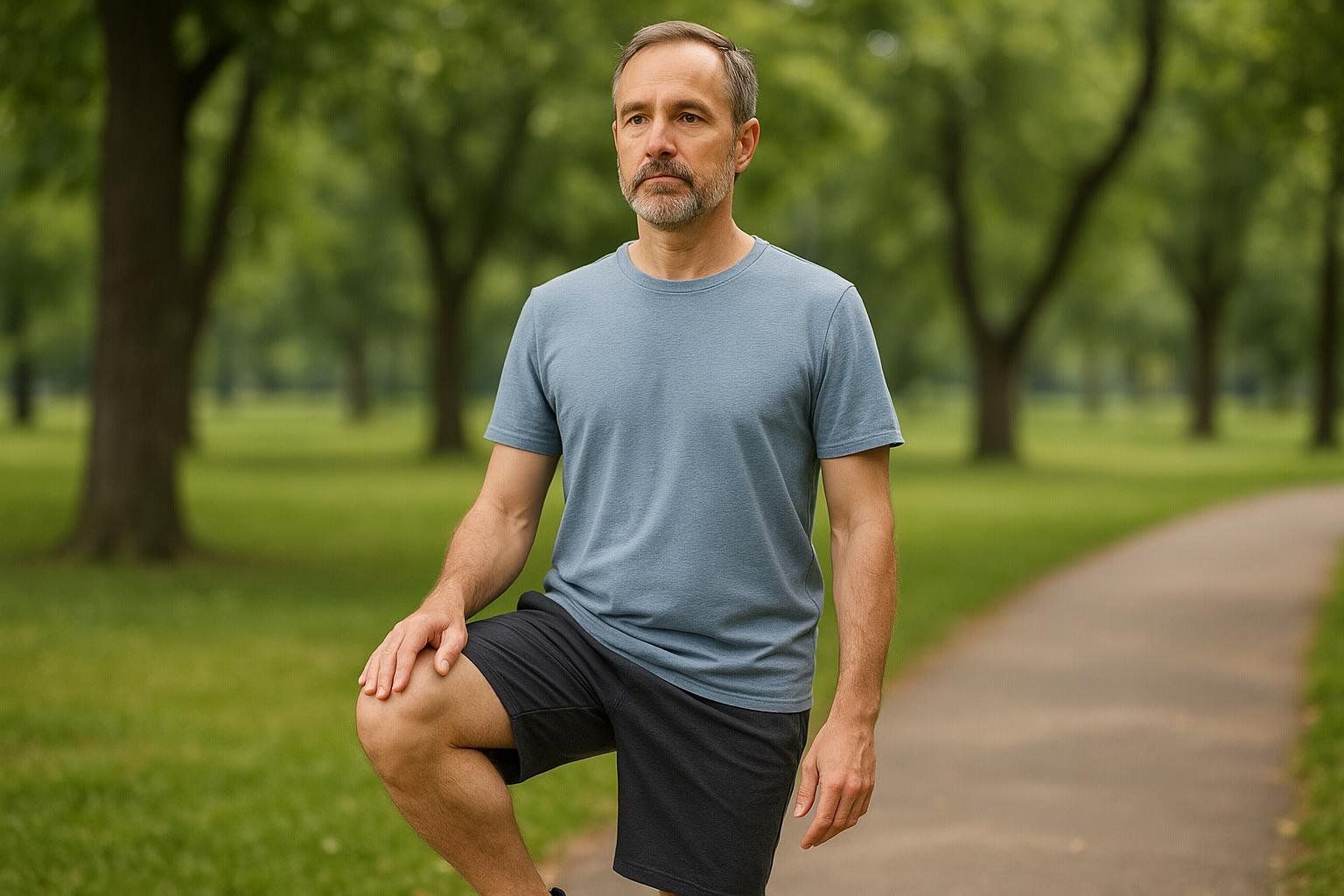
| Field Test | Longevity Insight | Target |
|---|---|---|
| One-Leg Balance | Inability to hold a 10-second stance nearly doubled 7-year mortality (Br J Sports Med). | ≥ 15 s hold (eyes open) |
| Grip Strength | Every 5 kg drop raised all-cause mortality 16 % (The Lancet – PURE cohort). | ≥ 1.0 × body weight (combined hands) |
| Gait Speed | Usual speed < 0.8 m/s flags higher death risk (JAMA study). | ≥ 1.0 m/s |
The 3-Step Personal Longevity Audit
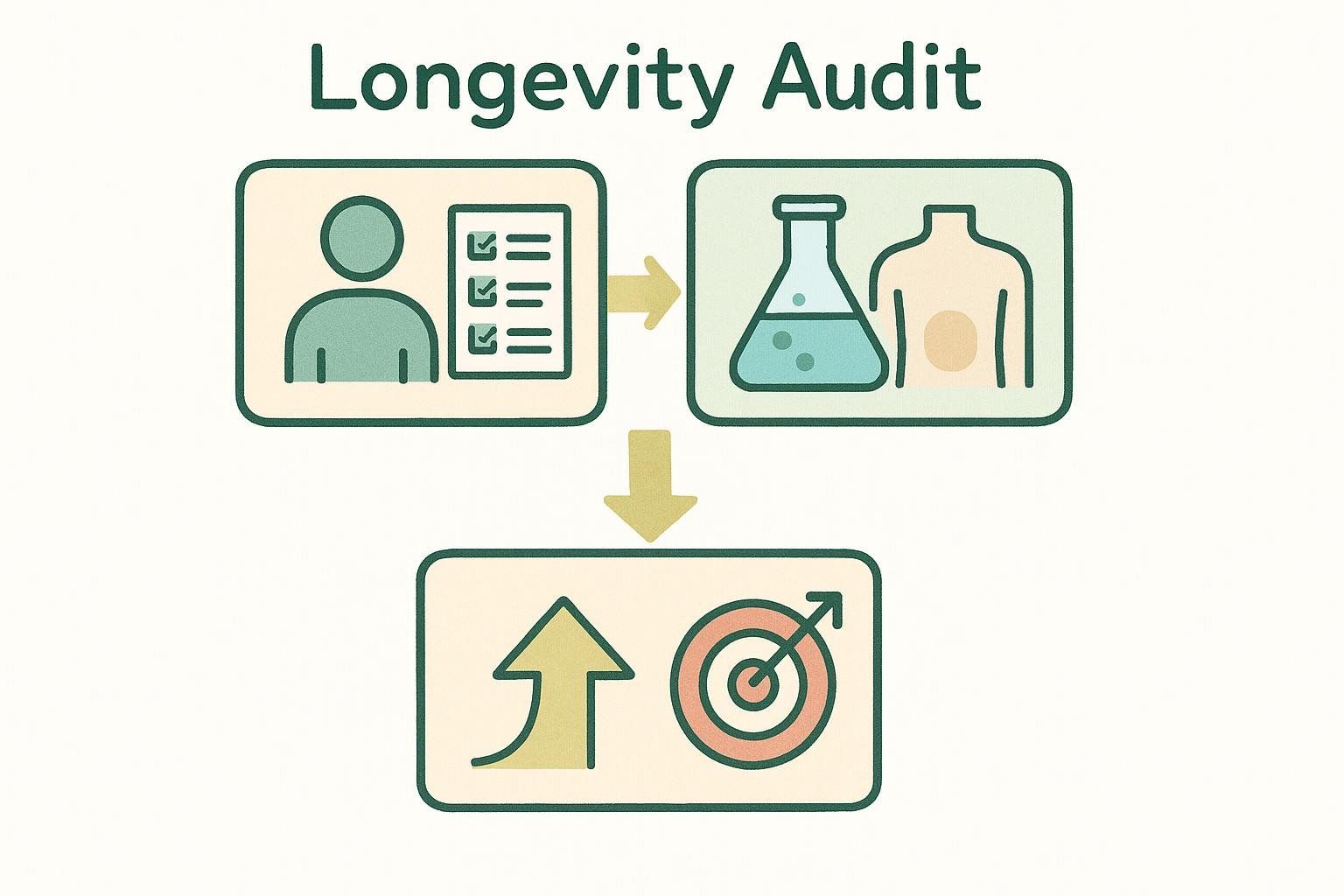
- Baseline Inputs (15 min) — Enter your demographics, habits, and medical history into a reputable online calculator; note the estimate.
- Objective Testing (1 day) — Schedule a BodySpec DEXA scan guide for VAT, ALMI, and BMD, then add an RMR test guide or VO₂ max test for metabolic and cardiovascular insight. BodySpec reports automatically apply the Ten Haaf & Weijs equation to give you an evidence-based RMR prediction.
- Action Plan & Tracking (ongoing) — Identify your biggest leverage points (e.g., VAT > 1 lb or ALMI below threshold). Implement targeted interventions—strength training, protein goals, stress reduction—and retest every 6–12 months.
How Accurate Are Longevity Predictions?
No model can foresee accidents or future medical breakthroughs. The farther you project, the wider the uncertainty band. Predictions for individuals inherently carry far more uncertainty than population-level life-expectancy statistics. Cohort life tables already assume medical progress; many personal calculators do not.
Treat estimates as ranges, not precise ages, and update them whenever your health status changes.
Frequently Asked Questions
What’s the difference between average and median life expectancy?
Average is the arithmetic mean. Median is the age at which half of a population is still alive—less skewed by infant mortality.
Can a DEXA scan really predict how long I’ll live?
A single scan doesn’t stamp a date on your life, but it quantifies risk factors—high VAT, low ALMI, low BMD—strongly linked to mortality in peer-reviewed research.
How often should I redo my Longevity Audit?
Annually for most adults; twice per year if you’re making aggressive lifestyle changes or are over 60.
Does genetics trump lifestyle?
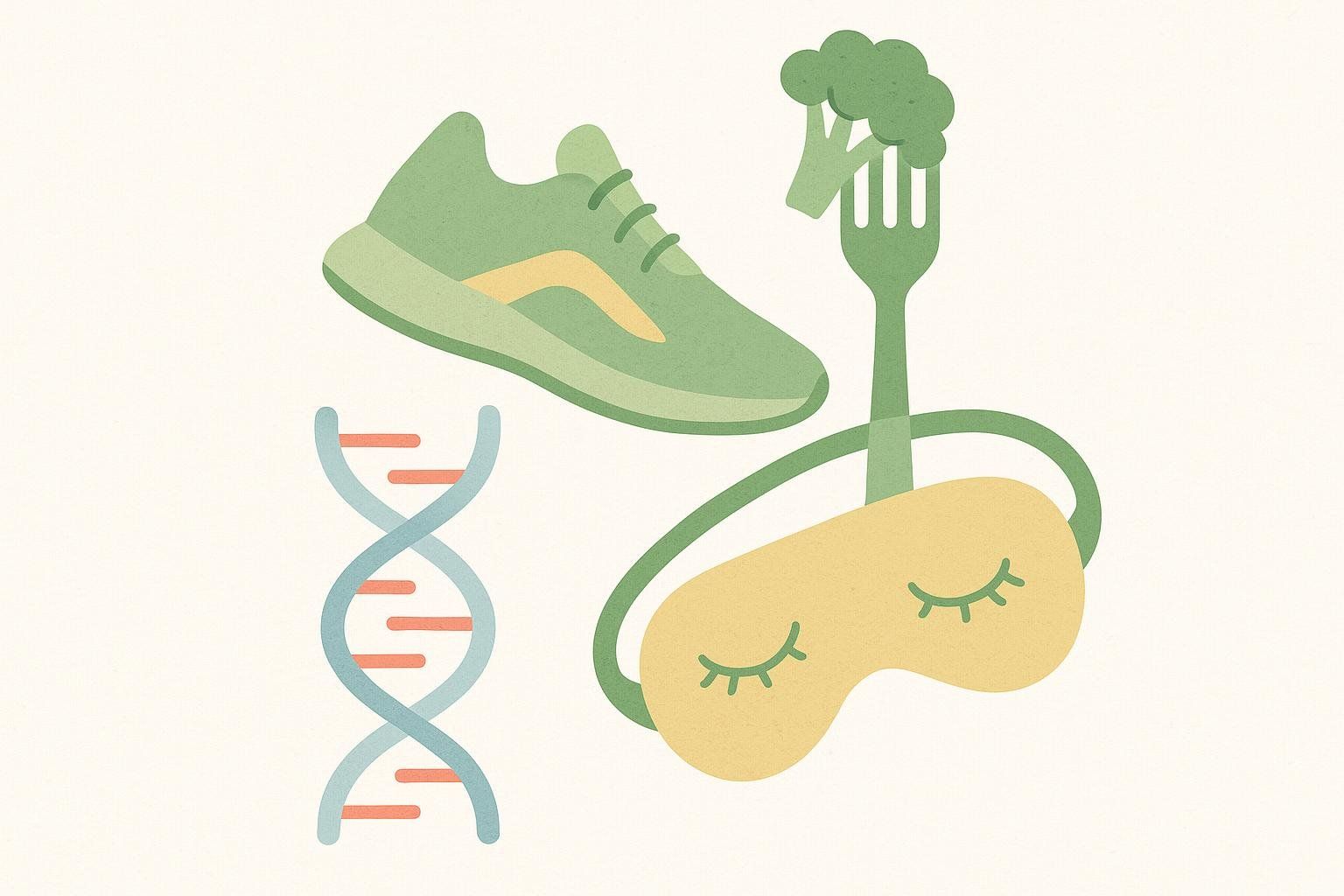
An analysis of 400 million family-tree records found that lifespan heritability falls to about 7–20 % once assortative mating is accounted for (Genetics study). This underscores that measurable lifestyle factors and biomarkers (like those covered above) wield the larger influence on how long—and how well—you live.
Final Thoughts & Next Steps
Longevity measurement is evolving from static averages to dynamic, personalized dashboards. By combining where populations are headed with where your biomarkers stand today, you gain actionable clarity.
Consider booking a DEXA scan at any BodySpec location—and think about pairing it with an RMR test for a fuller metabolic picture.
Stay informed by subscribing to our newsletter for science-backed insights on longevity and performance.
Plan to revisit your numbers each year—candles optional.
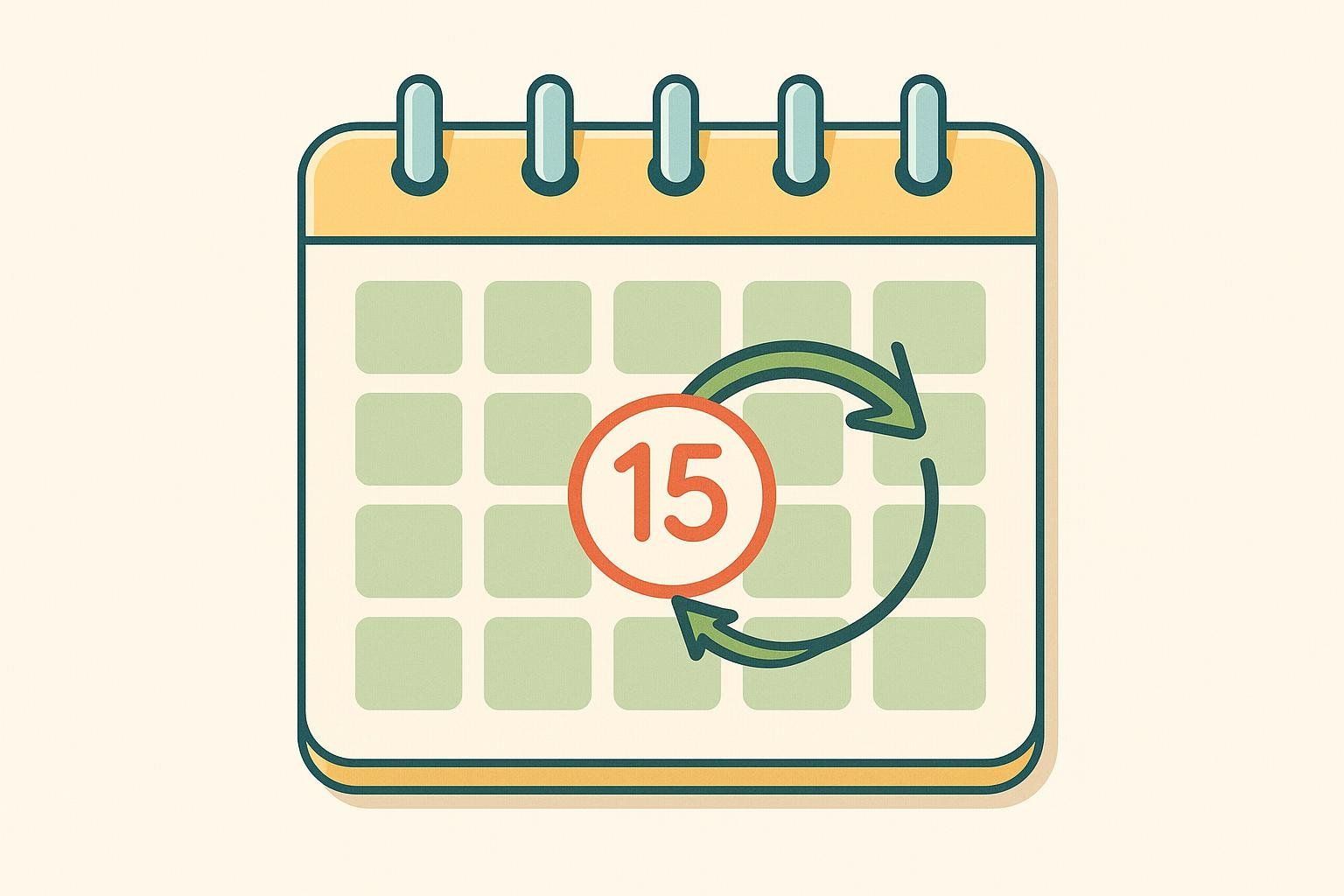
Further reading:
Disclaimer: BodySpec provides wellness information, not medical diagnoses. Always consult a qualified healthcare professional for personalized medical advice.
